- My accountMy account Close
- Pending (0)
You have no items in your shopping cart.
Wetlands & Wildlife Reserve
Connection to community
Biodiversity is the key indicator of the health of an ecosystem. The benefit of a micro climate rich in biodiversity means an environment which can recover quicker from unpredictable weather events, contribute to climate stability, pollution break down and absorption, nutrient storage and recycling. A healthy biodiverse system also means doing our bit to contribute to diversity in genes, species and ecosystems, as well as the social benefits of research, education and monitoring, tourism and culture.
A safe haven
In 1995 the first steps were taken to regenerate what is now the tabilk-tabilk eco-trail area through the addition of understory vegetation. Planted to provide habitat necessary to attract greater numbers of native birds and animals.
Prior to opening in 2005 these efforts were complemented by nature walking paths, timber boardwalks, docking points for the eco-trail boat/s and two bird hides. In more recent times we have also opened the Taungurung Native Flora trail through section 1 of the wetlands walk.
An ongoing works program continues to maintain and enhance the area as an important conservation area.
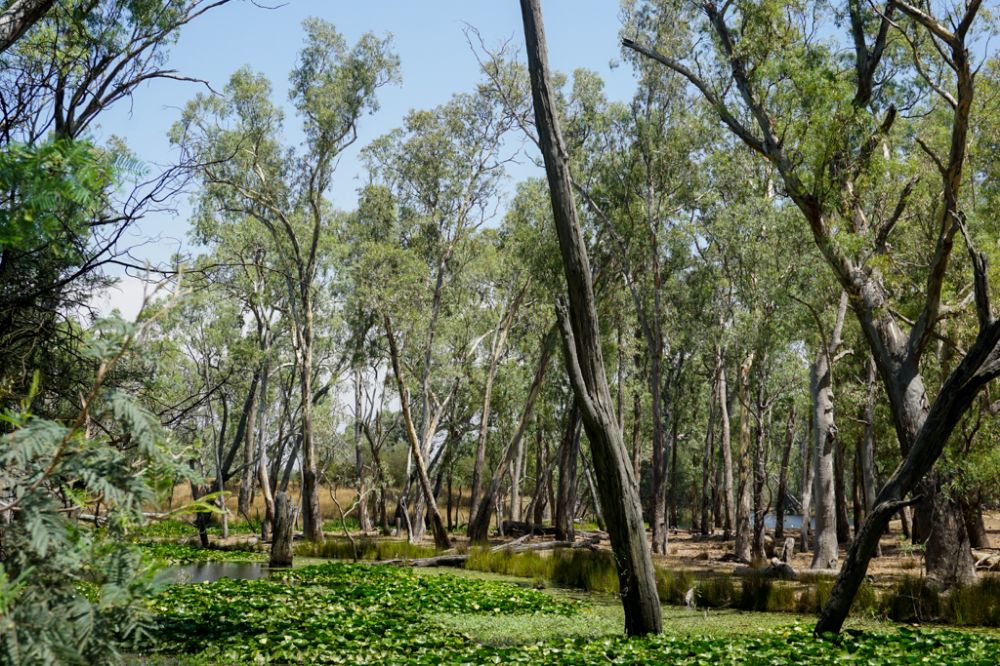
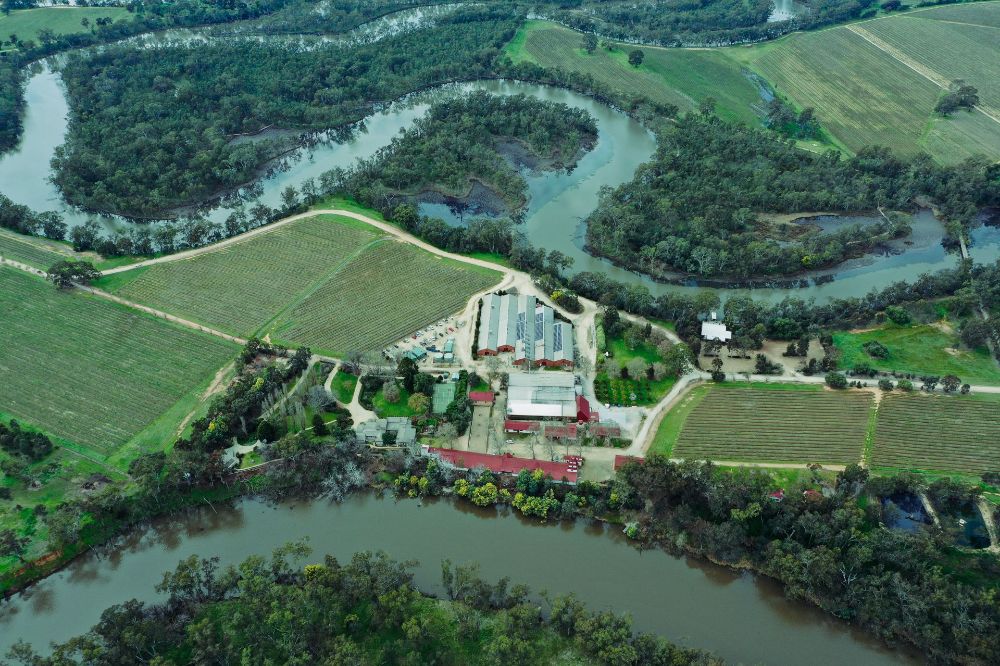
While revegetation for carbon sequestration purposes is important so is the continued improvement of our habitats to improve biodiversity. By maintaining this natural eco-system we will be able to enhance our environment and improve surface and groundwater quality.
The wetland and wildlife reserve are a tangible, visual representation of Tahbilk’s ambitions to be leaders in environmental preservation. The wetlands are a place where we can continue to work closely with various government departments and environmental groups to complete research and education activities.
_1000.jpeg)
_1000.jpeg)
Endangered Species
Tahbilk prides itself on providing a safe haven via the tabilk-tabilk billabong for a range of different species. We have two extra special species in our wetlands; the endangered freshwater catfish species ‘Tandanus Tandanus’ and the Water shield Lily (Brasenia Schreberi).
The Freshwater Catfish have been declining in numbers for at least the last 60 years particularly in the Murray Darling Basin area. The main causes being due to loss and degradation of their own habitat, a disruption in flow regulation and the invasion of foreign fish species. The Tahbilk billabongs have offered a sanctuary from these pressures.
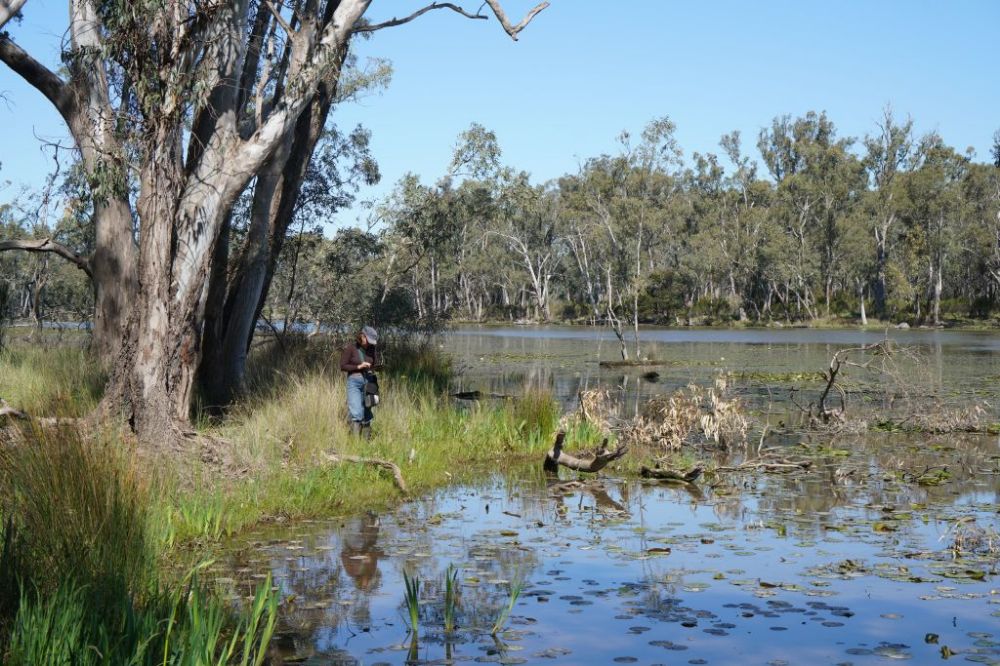
We continue to work with GBCMA to monitor the freshwater catfish to attain additional information about their habitat and movements.
We also continue to partner with Goulburn Murray Water to remove the non-native lily species (i.e. Mexicana Lily) to ensure the native lily can continue to flourish. While the Mexicana is pretty to look at with its large white lily, it also acts to choke out the native lily from existence - you will notice the difference when you are wandering in the wetlands. In 2018 Tahbilk also participated in research with the CSIRO to investigate a biological control of an aquatic weed, Cabomba caroliniana, a weed of national significance. The water shield lily is being utilised to ensure the biological agent doesn’t pose any other biological risks to native species (such as the lily). We are very fond of this special lily which only flowers once a year for 24 hours.
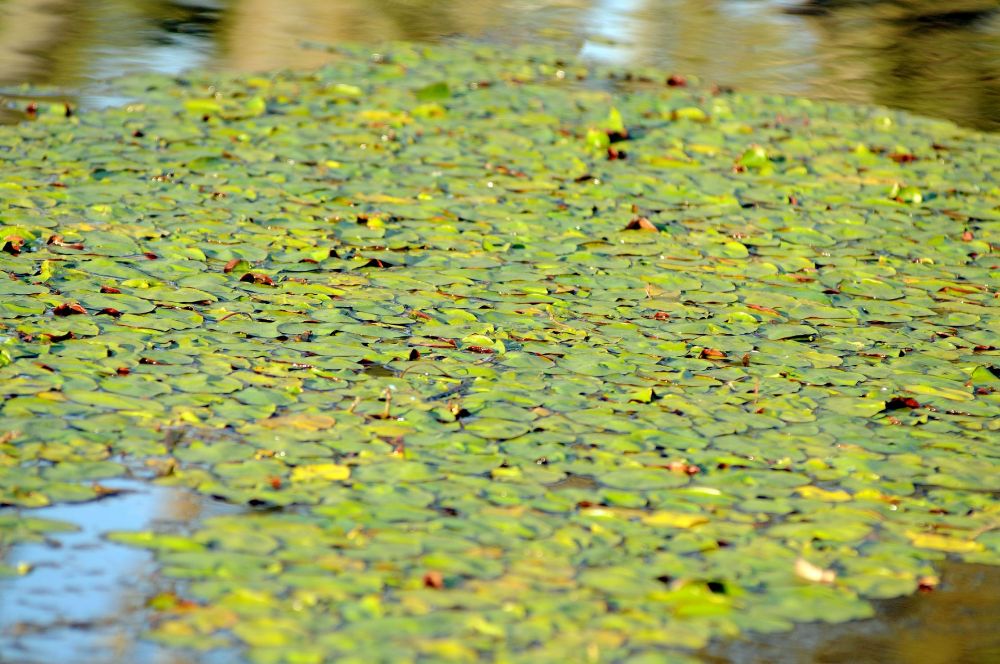
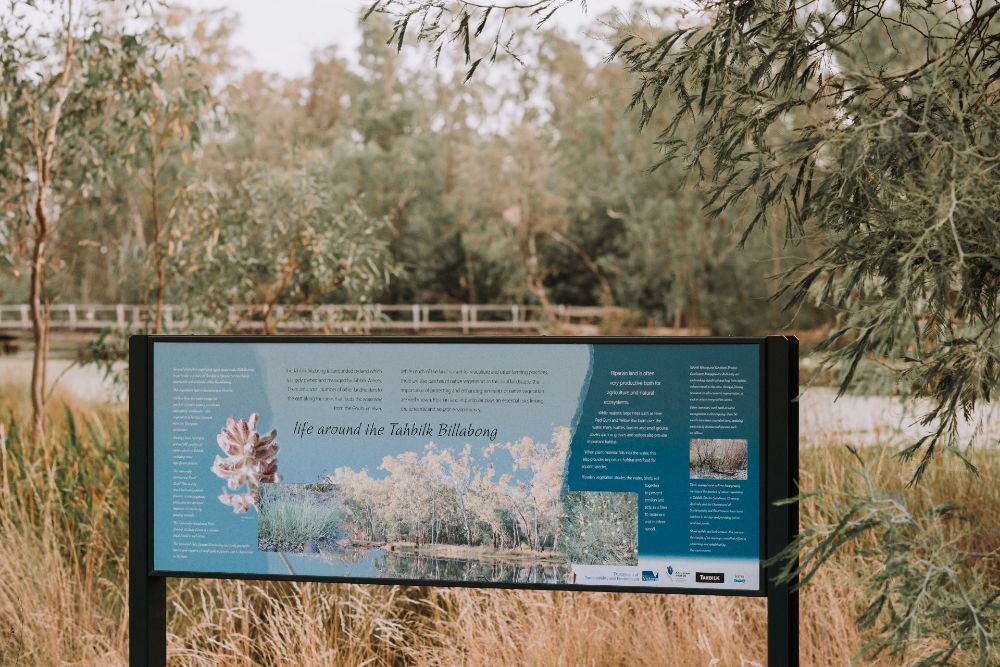
We have welcomed many partners into the wetlands for research and the wetlands stay open to the public for their personal enjoyment and leisure. We are proud to be able to offer this aspect of the property back to the community so that they can continue to learn about those who came before and also the abundance of the Australian bush landscape.
Wine Club
Trade Resources
Opening Times
Restaurant
Thu - Mon: 11:30am to 4pm
Weekends: 9am to 4pm
Public Holidays: 15% surcharge
Cellar Door / Eco Trails
Weekdays: 11am to 5pm
Weekends/Public Holidays: 10am to 5pm
Visit The Estate
Contact Us
Tahbilk Estate: (03) 5794 2555
Wine Club: (03) 8527 6182
- customerservice@tahbilk.com.au
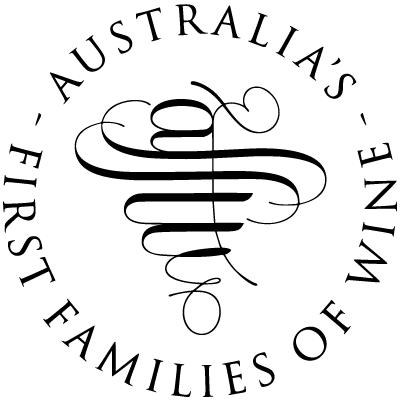
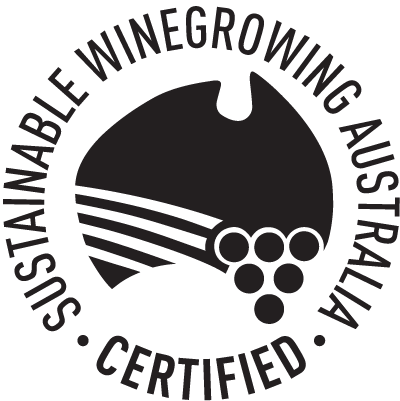
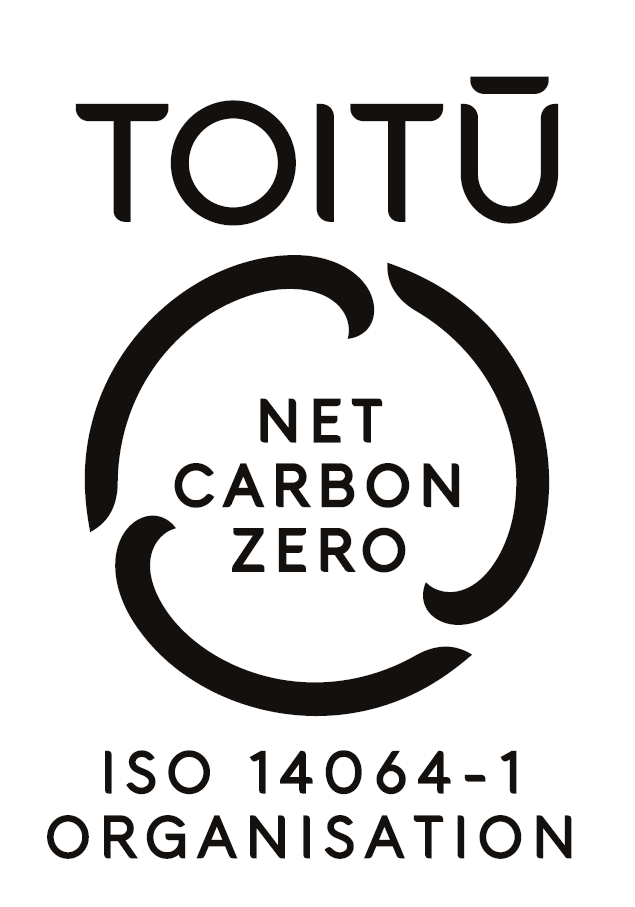
Liquor Licence No. 32800820
